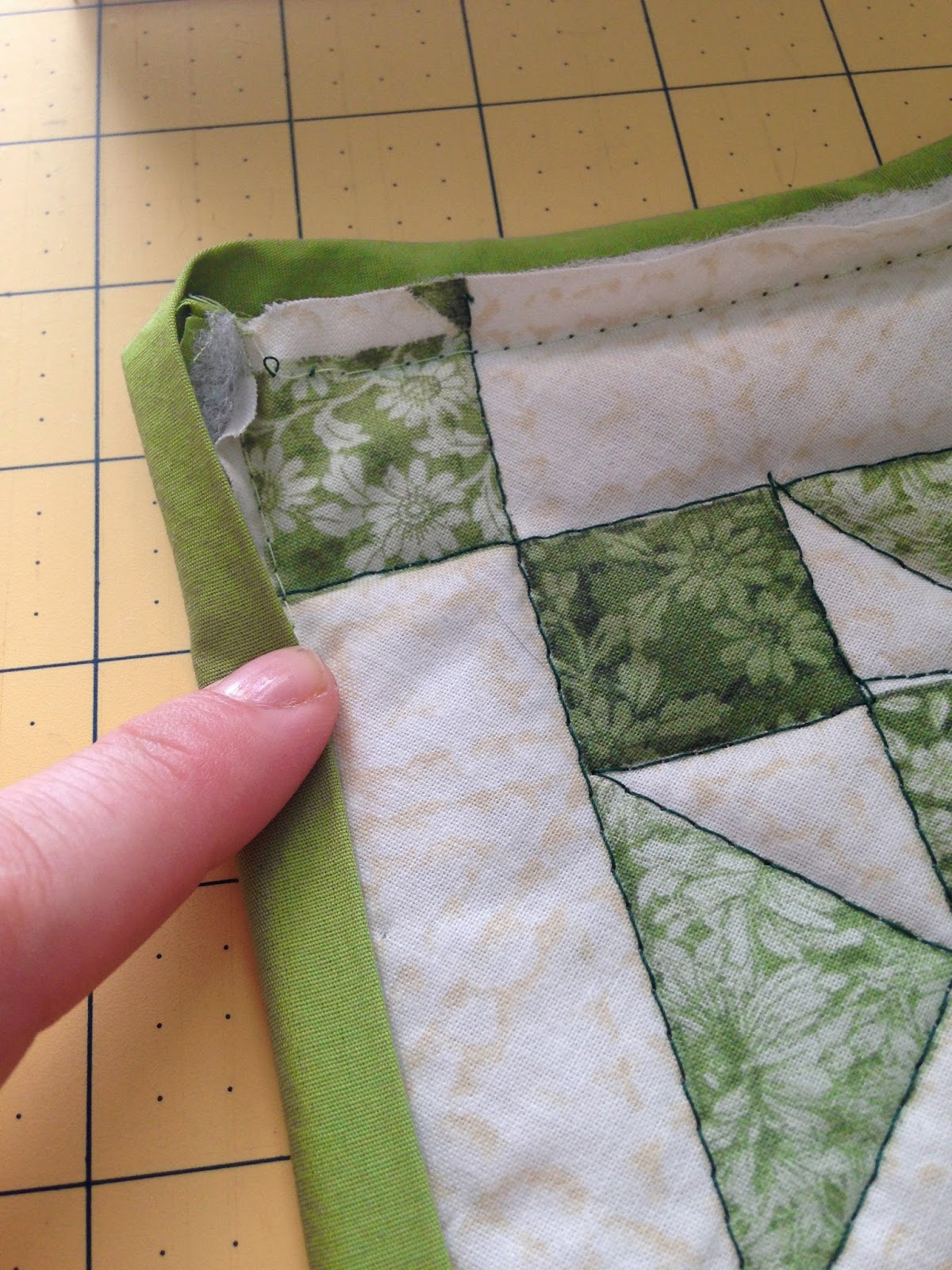Step Two!
(A series on How to Quilt Just About Anything)
See The Original Blog Here!
Now, that you are super inspired to quilt something, what are you going to quilt? Did you see a quilt on Pinterest, that you want to gift someone? Did you buy some fabric at your local fabric shop, that made your heart melt? Did a friend or family member ask you to make them something specific? Fantastic! Now, you are ready for the next step! Here is my advice, on how to put two and two together:I have an idea, but no fabric:
Did you see a picture of something, that you wanted to try?
Or maybe you found a pattern, that seems just right for your level of skills.
Or did you find a handmade gift you wanted to make?
That's wonderful! The first thing you need to do, is get some scrap fabric. I find all too often, that when I try to make something for the first time, mistakes WILL appear. No matter how 'easy' or 'simple' the project may seem, do not start out with your final projects fabric. Of course, this is optional, But! This is my advice.
If you don't have a collection of scraps just yet, go out and buy the cheapest fabric you can get your hands on. Do not keep colors pr patterns in mind, ugly is fine. Ugly fabric is the first thing I grab, when making a project for the first time, or working on a prototype.
 |
| (Not the most flattering for a bag and clutch, but! That doesn't matter :) |
Even when practicing a large quilt, I recommend the same. Not for the whole quilt! Quilt's are made up of small 'blocks', which you could practice making one or two of.
Now that you feel confident in your pattern, let's buy the final fabric! Fell free to buy only what you need, or buy lots of it, so you can make multiple, or even start your scrap collection. I always reccomend buying a little more that what you need for a little 'give' room. Here is where I like to buy all of my fabric:
Precuts: MSQC Scraps/cheap fabric: Walmart Yardage: JoAnn's (I go in store , though)
Remember when buying fabric by the yard, to order it in yards:
"I would like half of a yard, in this color, and two yards of fabric in this kind here."
I have fabric:
"Courtney! I was at JoAnn's and I found this fabric that I just HAD to have!, What should I do with it?""I'm not really sure what these are, but I LOVED the colors! So I just threw them in my cart."
"I have this stash of fabric, that looks nice, but it's just been sitting collecting dust."
My first question to you is:
How Much fabric do you have?
When working with Yardage, You have many possibilties!(When I say yardage, I am referring to buying your fabric buy the yard).I reccomend, a large/regular size quilt if you would like to use up all of the yardage.
I also, just keep Yardage laying around for when purses need lining, quilts need a border ,and times when you just need a large solid to do the job.
Sometimes I buy fabric on sale, and just make something only out of that, with no added bought fabric. See my Reversable Baby Blanket for a perfect example of that. I made up the measurements strictly up on the fabric that I had bought. I do that a lot.
I bought this pack of 1/8ths at JoAnn's some time ago. (1/8 - It was cut before I bought it) I love this fabric, and I had been afraid to cut it for some time! Should I make a quilt? Should I invent a new purse?I ironed out the fabric, measured it, and stared at it on my floor for some time. I then decided to invent another purse, so i took some scrap fabric and tested it out. See photo of farm/bug, and bowling fabric above to see result :) Purses,wallets,oven mitts, and other smaller things are perfect for small or pre-cut fabric.
I paired up the fabric and decided to make 5 purses to give for Christmas (One for myself too!). I did have to buy some yardage to match, but sometimes you have to.
 | |||
| (It's July, my sisters won't remember in December :) |
Thank you so much for your time! Be sure to comment below! What blogs would you like to see one day? Are you working on a project right now? Do you do things differently or the same as me? I'd love to know!











































